Garden mulch is crucial for healthy plants. But how much does it cost?
Understanding garden mulch pricing helps you budget for your gardening needs. Mulch prices can vary based on type, quantity, and source. Organic mulches like wood chips, straw, or compost might cost differently than inorganic options such as rocks or rubber.
Additionally, buying in bulk versus bags can affect the price. Local suppliers might offer different rates than big-box stores. Knowing these factors helps you make an informed decision. This guide will explore the costs associated with various types of garden mulch, helping you find the best option for your garden’s needs and your wallet. Let’s dig into the details and find out how much you might spend on mulch this season.
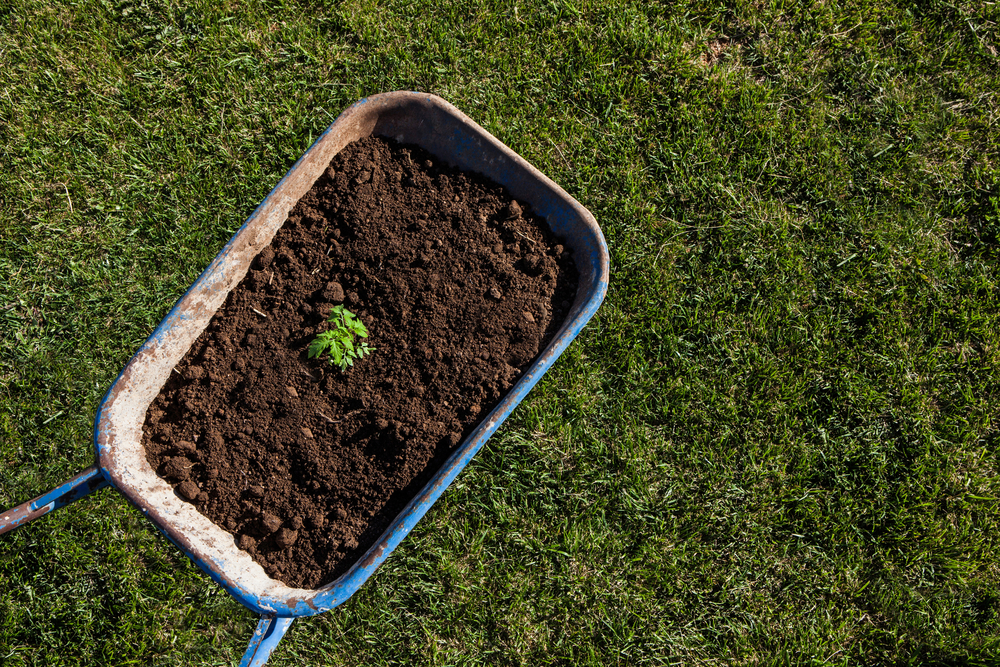
Credit: thedirtbag.com
Introduction To Garden Mulch
Garden mulch is very important for plants. It helps keep moisture in the soil. Mulch also keeps weeds away. It makes gardens look nice and clean. Mulch can be made of different things. Some are natural, like wood chips or leaves. Others are man-made, like plastic or rubber. Using mulch can save time and water. It also keeps plants healthy and strong.
Mulch protects the soil from the sun. It keeps the ground cool. This is good for plant roots. Mulch also stops soil erosion. This helps keep nutrients in the soil. Mulch adds organic matter as it breaks down. This improves soil health. It can also stop some pests. Mulch is a simple way to make gardens better.
| Type | Description |
|---|---|
| Wood Chips | Natural, long-lasting, good for trees and shrubs. |
| Leaves | Natural, free, good for flower beds. |
| Straw | Natural, good for vegetable gardens. |
| Plastic | Man-made, long-lasting, good for weed control. |
| Rubber | Man-made, long-lasting, good for playgrounds. |
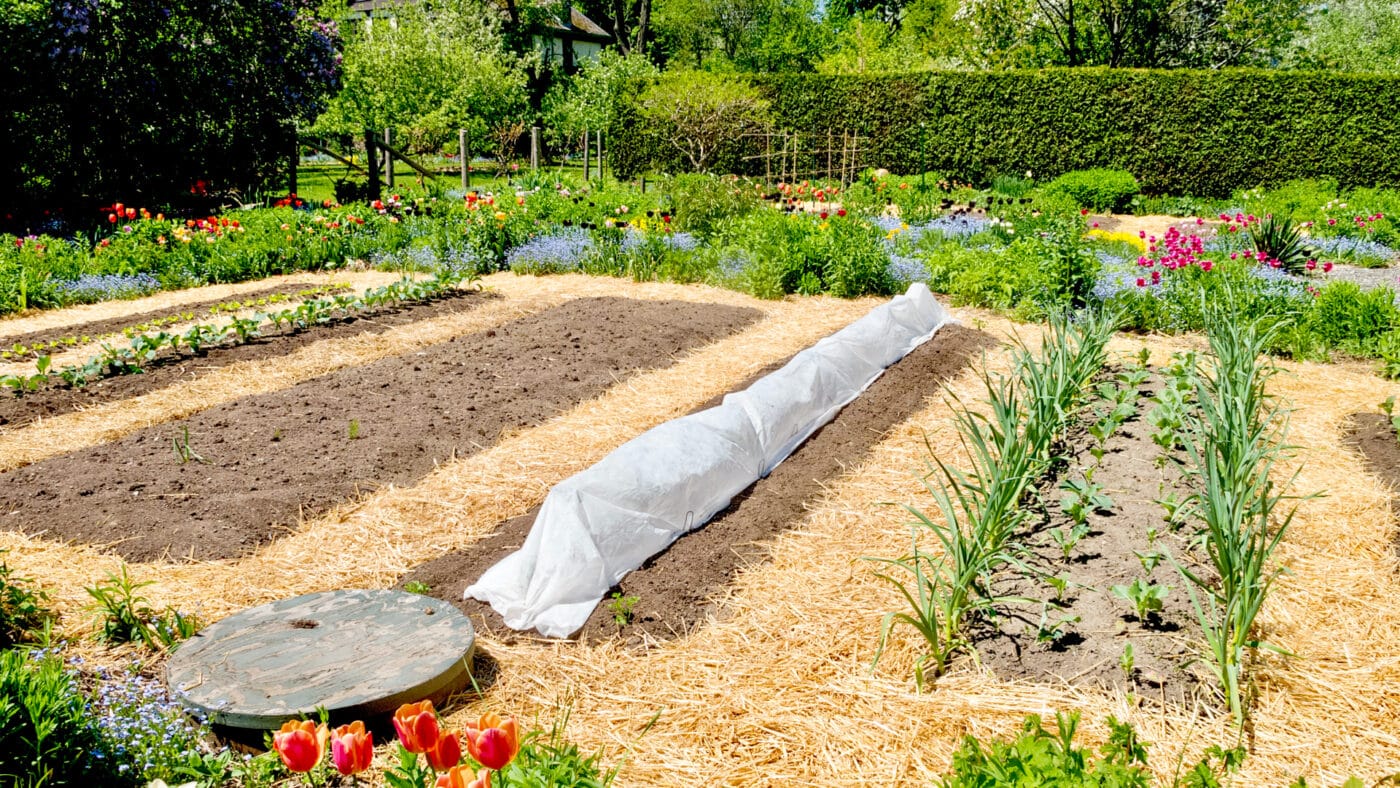
Credit: www.bluemountainhay.com
Factors Affecting Mulch Cost
Different factors affect mulch cost. Type of mulch, quantity needed, and delivery charges can influence the price. Local availability also plays a role in determining how much garden mulch costs.
Material Type
Mulch can be made from different materials. Wood chips are common and cost-effective. Rubber mulch is durable but more expensive. Straw mulch is affordable but needs frequent replacement. Compost mulch is rich in nutrients but can be costly. Each type affects the price you pay.
Quantity Needed
The amount of mulch you need impacts the total cost. A small garden needs less mulch. A large garden needs more mulch. Bulk purchases often have discounts. Buying in bags might be pricier than buying in bulk. Measure your garden area to estimate the amount required.
Seasonal Pricing
Mulch prices can change with the seasons. Prices are higher in spring and summer. More people buy mulch then. Fall and winter might have lower prices. Look for sales or discounts during these times. Plan your purchase for the best price.
Cost Comparison Of Different Mulch Types
Organic mulch can be affordable. Prices vary based on type and quality. Wood chips cost around $2 to $4 per bag. Bark mulch may cost $3 to $5 per bag. Straw mulch often costs about $4 to $6 per bale. Compost is another option, costing $20 to $50 per cubic yard.
Inorganic mulch usually lasts longer. Rubber mulch costs about $5 to $7 per bag. Gravel and stone mulch prices range from $3 to $10 per bag. Plastic sheeting is another choice, costing $0.10 to $0.30 per square foot. Landscape fabric prices range from $0.15 to $0.50 per square foot.
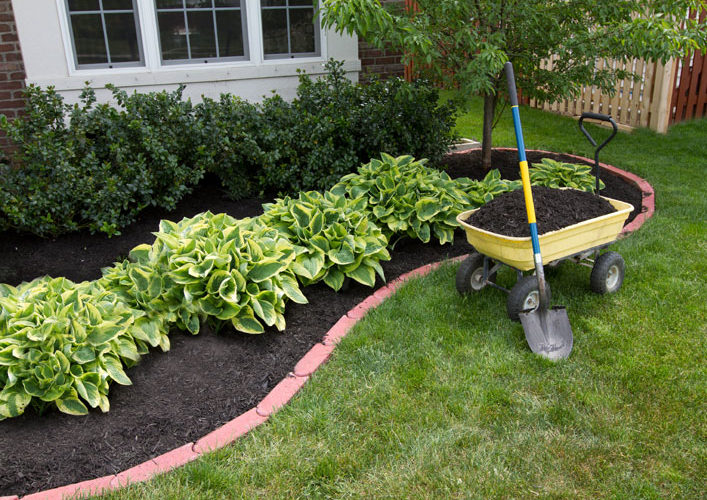
Credit: www.skh.com
Buying Mulch: Retail Vs. Bulk
Garden mulch prices vary based on quantity. Retail mulch costs more per unit. Bulk purchases offer better value.
Advantages Of Retail Purchase
Retail purchase of mulch is easy. You can buy small amounts. Storage is simple. You can see the product before buying. This helps in choosing the best quality. It is also easy to transport. You can carry it in your car. No need for special delivery.
Benefits Of Bulk Buying
Bulk buying saves money. You get more mulch for less cost. It is best for large gardens. Bulk mulch is delivered to your home. No need to go to the store. This saves time and effort. You can get different types of mulch in bulk. This gives more choices.
Calculating The Amount Of Mulch Needed
Determining how much garden mulch is needed involves calculating the area to be covered. Measure the length and width, then multiply to find the square footage. Finally, decide the depth of mulch and use a mulch calculator for accuracy.
Measuring Garden Area
First, measure your garden area. Use a tape measure. Measure the length and width. Multiply the length by the width. This gives you the square footage. If your garden is not a rectangle, divide it into smaller shapes. Measure each shape. Add the areas together for the total.
Depth Of Mulch Layer
Most gardens need 2 to 3 inches of mulch. For a small garden, use 2 inches. For larger gardens, use 3 inches. More mulch helps keep weeds away. But too much can harm plants. Calculate the volume of mulch needed. Multiply the garden area by the depth. Convert inches to feet by dividing by 12.
Cost-saving Tips For Mulch
Use fallen leaves to make mulch. They are free and good for the soil. Grass clippings also work well. Spread them thinly to avoid clumping. Wood chips from tree trimming can be another option. They last long and look nice.
Stores often have sales in early spring. Buy mulch during these sales to save money. Fall can also be a good time to find discounts. Retailers want to clear out old stock.
Check with nearby garden centers. They might offer lower prices than big stores. Local farms sometimes sell mulch too. They may have better deals. Ask neighbors if they know good places to buy mulch.
Eco-friendly Mulch Options
Recycled mulch is made from old materials. Rubber mulch comes from old tires. Wood mulch comes from scrap wood. Paper mulch is made from old newspapers. Using recycled mulch helps the environment. It keeps waste out of landfills. It also saves trees and other natural resources. Recycled mulch can be colorful. It can also last a long time. It is a good choice for gardens.
Natural mulch comes from plants. Bark mulch is popular. It comes from tree bark. Straw mulch is another option. It comes from cut straw. Grass clippings can also be used as mulch. Leaves from trees work well too. Natural mulch breaks down over time. It adds nutrients to the soil. It also helps to keep moisture in the ground. Natural mulch is good for gardens.
Long-term Benefits Of Mulching
Mulch helps to stop weeds from growing. Weeds steal nutrients from plants. Mulching blocks light from reaching weed seeds. This stops them from sprouting. Gardens look cleaner and are easier to maintain.
Mulch helps soil keep water. This means less watering. Plants stay hydrated longer. Mulch acts like a blanket. It keeps water from evaporating. This is very useful in dry seasons.
Mulch breaks down over time. It adds nutrients to the soil. This improves soil health. Healthy soil means better plant growth. Mulch also helps soil stay loose. Roots can grow easily.
Frequently Asked Questions
What Is Garden Mulch?
Garden mulch is a material spread over soil to retain moisture. It suppresses weeds, moderates soil temperature, and improves garden aesthetics.
How Much Does Garden Mulch Cost?
The cost of garden mulch varies. Typically, it ranges from $20 to $50 per cubic yard, depending on type and quality.
How Much Mulch Do I Need?
Calculate the area in square feet. Use about 1 cubic yard of mulch for every 100 square feet, at a 3-inch depth.
What Types Of Garden Mulch Are There?
Garden mulch comes in various types, including organic mulches like wood chips, straw, and bark, and inorganic mulches like stones and rubber.
Conclusion
Determining the cost of garden mulch helps you plan your budget wisely. Mulch prices vary based on type and quantity. Calculate your garden area before purchasing. This ensures you buy the right amount. Quality mulch improves soil and plant health.
It also enhances the garden’s appearance. Research local suppliers for the best deals. Remember, investing in good mulch pays off in the long run. Happy gardening!

My mission is to help you bring the beauty of nature indoors with expert advice, detailed plant care guides, and creative design ideas.

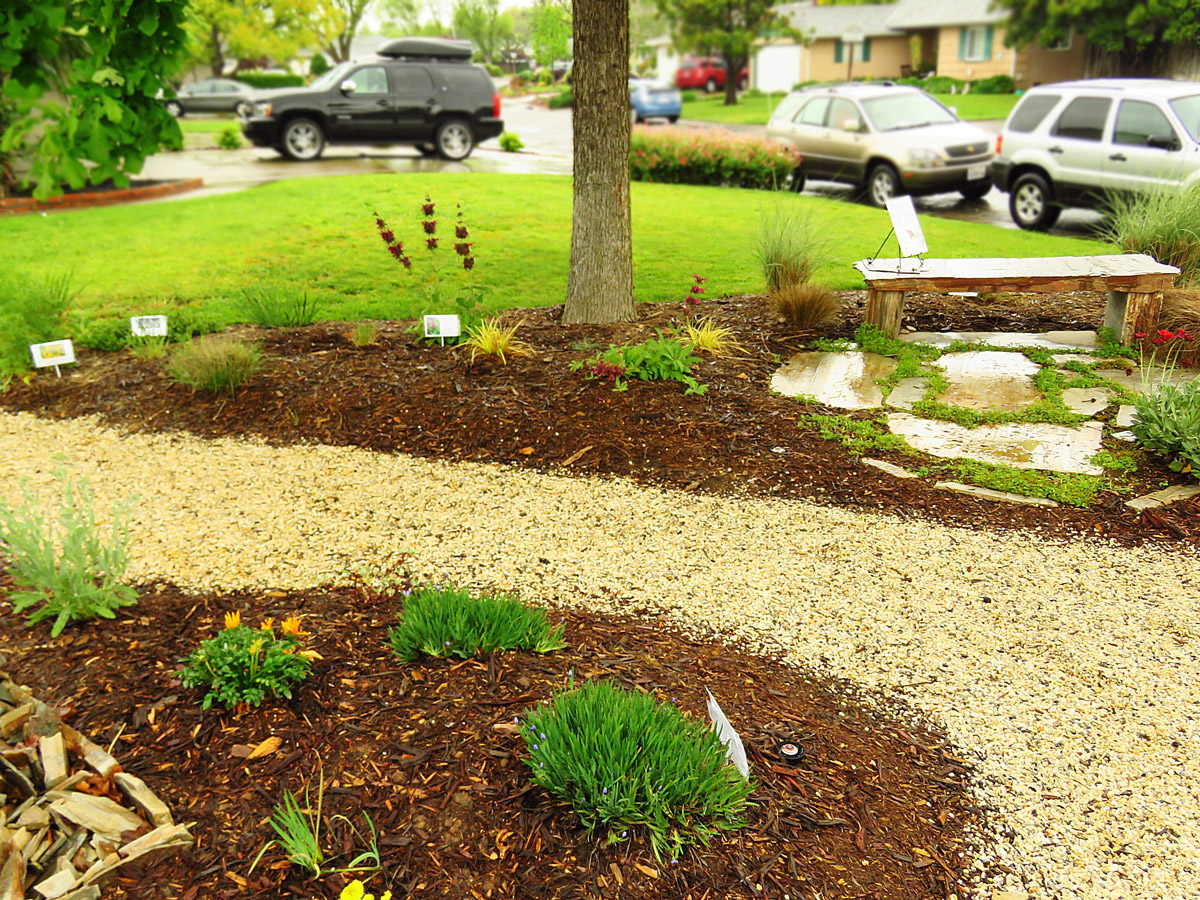
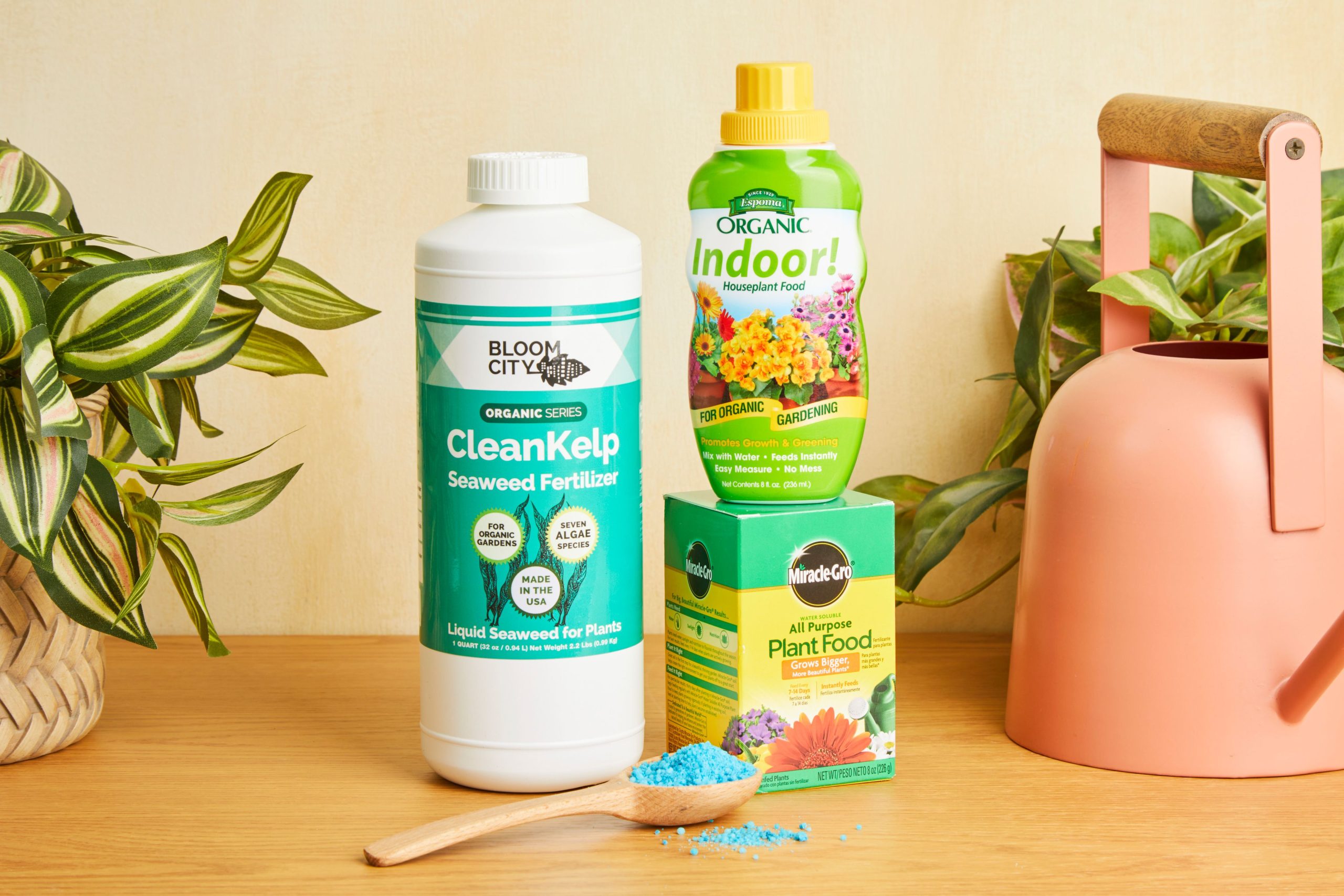
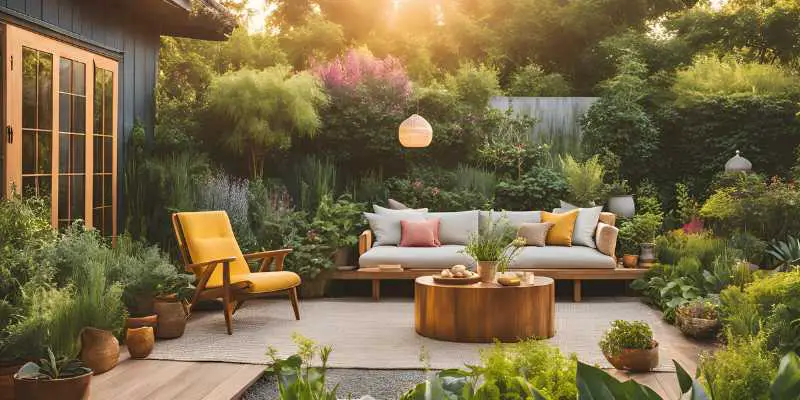
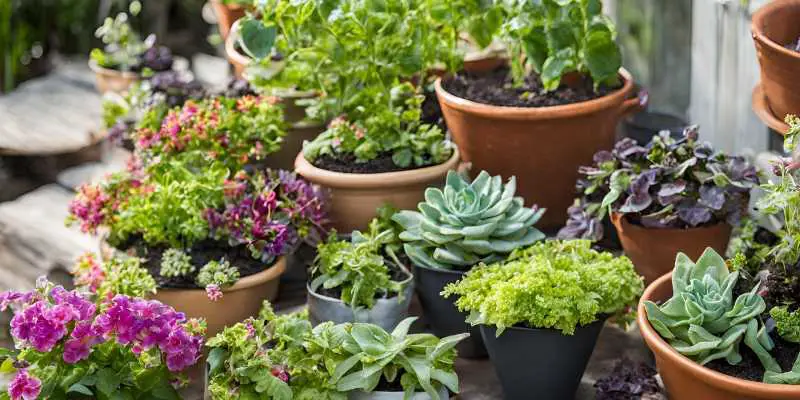
Leave a Reply